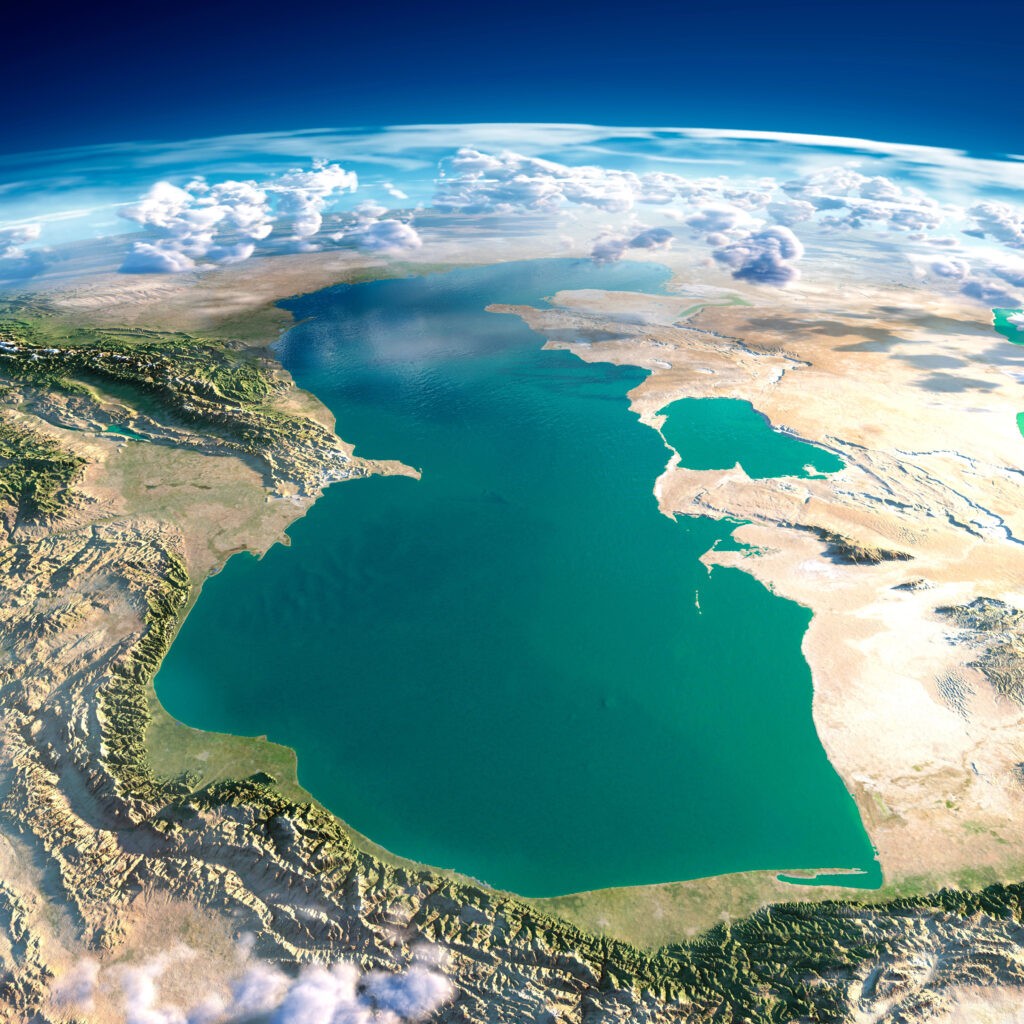Kazakh Lawmakers Seek Ban on Unscrupulous Mining Companies
Bakytzhan Bazarbek, a member of the Mazhilis, the lower house of Kazakhstan's parliament, has proposed the creation of a national register of unscrupulous subsoil users, calling for companies that violate environmental or legal norms to be suspended from operating at deposits for up to five years. His comments came during parliamentary discussions of proposed amendments to Kazakhstan’s legislation on subsoil and subsoil use, submitted by the government earlier this week. Bazarbek argued that the proposed changes fail to address the industry's systemic problems. Citing satellite monitoring data, Bazarbek said around 2,500 cases of illegal subsoil use have been recorded across the country. He pointed to widespread violations such as unreclaimed land, contaminated soil, and abandoned quarries, problems he attributed to the “excessive liberality” of the current legal framework. “The Subsurface Use Code was pushed through by oligarch lobbyists. It hasn’t fulfilled its intended purpose and was adopted in the interest of a narrow circle, citing models from Australia and Canada. As a result, most extraction revenues go to foreign investors, while the state receives only 7-8%. Why should we adhere to international standards that harm national interests?” Bazarbek said. He called for a registry of violators, where subsoil users found guilty by court could be suspended from mineral extraction activities for up to five years. He also urged stronger criminal penalties for violations in the subsoil sector. “Currently, the punishment is three to seven years. That is too lenient. It should be increased to between three and fifteen years of imprisonment,” he said. Bazarbek further proposed harsher penalties for concealing information and for conducting illegal mining without licenses or contracts, and called for reforms to streamline appeals against decisions by state bodies regulating subsoil use. Government Response Speaking during the plenary session, Vice Minister of Industry and Construction Iran Sharkhan said the government intends to deny licenses to companies that have previously failed to meet financial obligations. “If a company or its affiliates have not paid the subscription bonus after winning an auction in the past five years, they will be barred from receiving a license to explore solid minerals. These companies will also be prevented from acquiring subsoil rights from third parties,” Sharkhan said. He highlighted that a unified digital platform for subsoil use was launched in 2024, automating much of the mineral exploration and extraction process. “Currently, the platform provides 22 public services. Its interactive map indicates zones available for exploration and those closed to issuance, such as settlements, national parks, nature reserves, and defense lands. The system will also manage the turnover of subsoil areas following the termination or liquidation of previous rights,” Sharkhan added. As previously reported by The Times of Central Asia, Kazakhstan attracted over $150 million in geological exploration investment in 2025 and aims to maintain that level through the end of the year.






